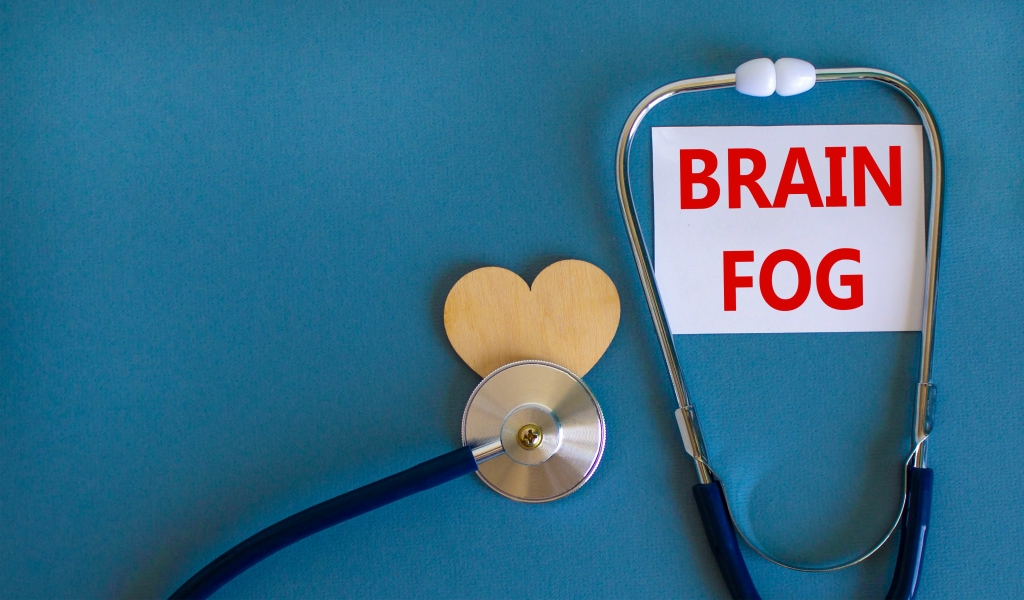Over the past few years, Oxford Houses have been under intense scrutiny due to their peer-run model. While some have experienced major success in the Oxford House Model (this is where most of the data regarding the importance of sober living was collected), the opiate epidemic has significantly impacted the safety and success of the Oxford House. Sometime a person begins using in a peer-run house and can fly under the radar, with no house manager monitoring each resident. Often the curfews and rules surrounding meeting attendance are ignored, as long as the person is paying rent.

Individuals early in their recovery or with particular interpersonal characteristics might need more of a structured and professionally-led milieu in order to maintain abstinence given the freedoms that are provided in Oxford Houses. In the past 90 days, the sample had an average of 1 day of residential treatment for psychiatric problems and an average of 3 sessions with a counselor for psychiatric problems. Certainly, it is clear that the sample of Oxford House residents do have significant oxford house traditions mental health problems and that they do utilize mental health services outside of their Oxford Houses. Group homes like Oxford House sometimes face significant neighborhood opposition, and municipalities frequently use maximum occupancy laws to close down these homes. Towns pass laws that make it illegal for more than 5 or 6 non-related people to live in a house, and such laws are a threat to Oxford Houses which often have 7–10 house members to make it inexpensive to live in these settings.
What Do Oxford Houses Offer?
As of 2008, there were 321 women’s Oxford Houses with 2,337 women, and 982 men’s Oxford Houses with 7,487 men, for a total of 1,303 houses serving 9,824 people (Oxford House, 2008). Of the residents, 18% were veterans, and 91% were working with average monthly earnings of $1,480. Most residents had been addicted to drugs or drugs and alcohol (73%) whereas 27% had been addicted to only alcohol. Regarding marital status, 45% had been never married, 18% were separated, 33% were divorced, and only 4% were married. Fifty-three percent of residents reported prior homelessness for an average time of 6 months. Each Oxford House is an ordinary single-family house with two bathrooms and four or more bedrooms.
Individuals living in an Oxford House learn or relearn values, responsible behavior and slowly, but surely, develop long-term behavior to assure comfortable sobriety forever. Together, these individuals develop each Oxford House into a place https://ecosoberhouse.com/ to learn to live a responsible life without the use of alcohol and drugs. A recovering individual can live in an Oxford House for as long as he or she does not drink alcohol, does not use drugs, and pays an equal share of the house expenses.
Q. Who manages an Oxford House?
Oxford House is the largest network of sober living houses anywhere, with houses in all major areas of Florida. Oxford House Placement Services is a non-profit referral agency founded to help recovering individuals find placements in Oxford Houses in their locality. We maintain a toll free hotline reporting towns and phone numbers of Oxford Houses with vacancies. Oxford House offers a supportive way of living and opportunities to learn skills in a clean and sober environment.
This line of research could be expanded to other levels or target groups, such as men and women with substance abuse returning from foreign wars in Iraqi and Afghanistan. Reports of post-traumatic illnesses and substance abuse among returning veterans suggests that cost effective programs like Oxford House need closer federal attention. Our group has recently received a federal grant to explore this new type of culturally modified recovery home.


No Comments